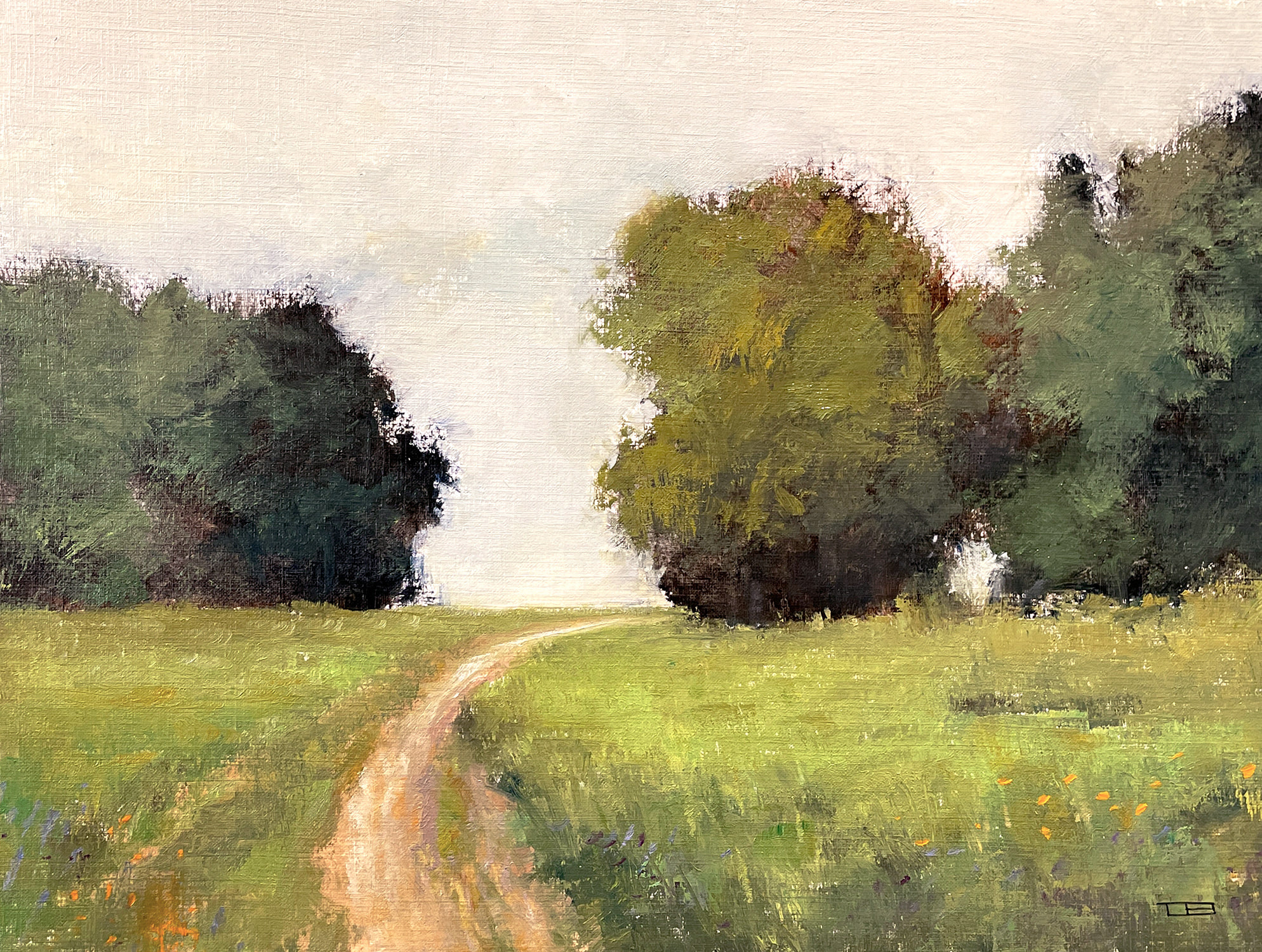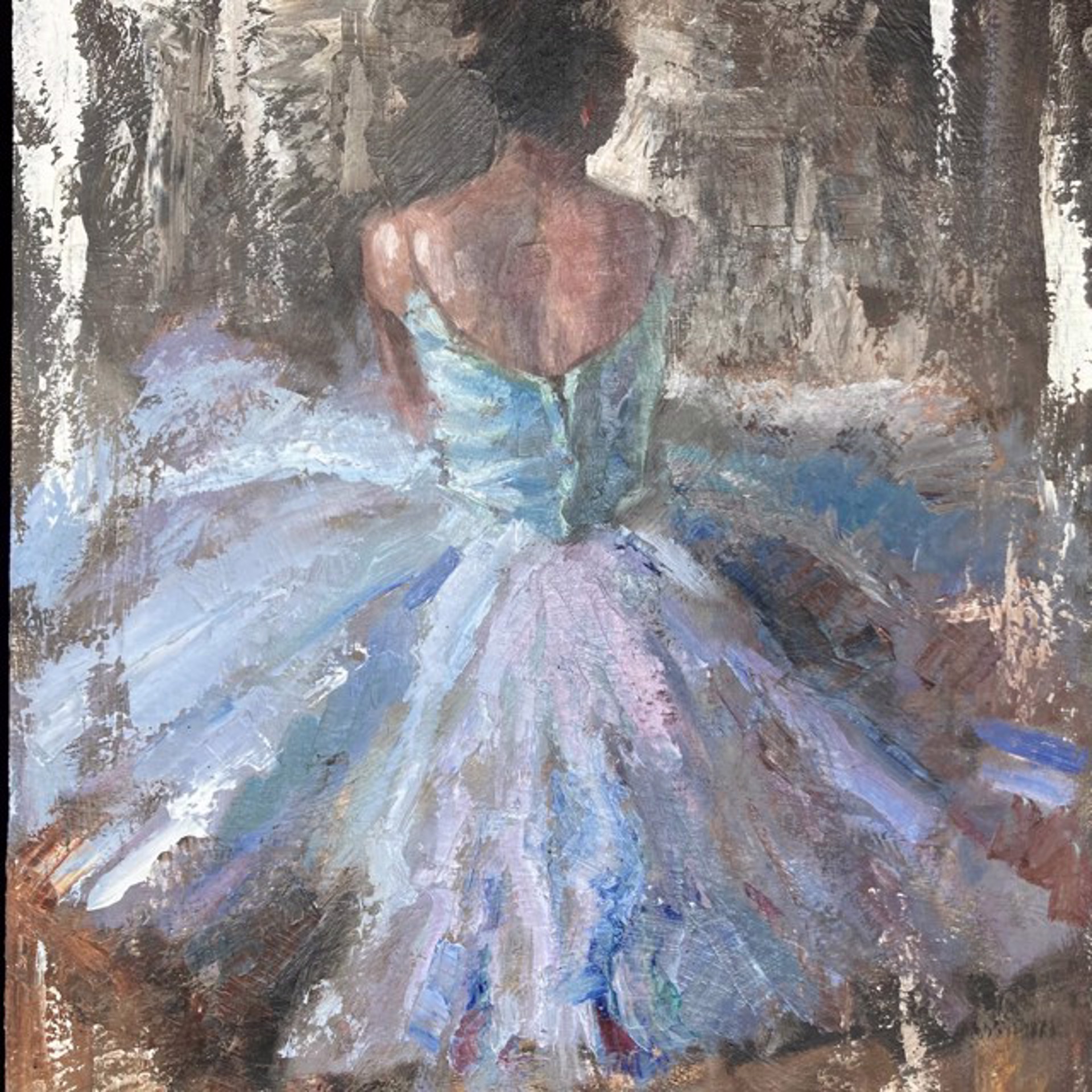Explore Curated Assortments of Oil Paintings for Sale
Explore Curated Assortments of Oil Paintings for Sale
Blog Article
Discovering All Regarding Oil Paintings: A Guide to Recognizing Their Charm and Worth
Oil paints have actually captivated target markets for centuries, offering a glimpse into the creative proficiency of different ages. Their abundant history is linked with innovative techniques and extensive emotional expression. Understanding the products and techniques behind these art work can boost recognition. Furthermore, the market for oil paintings provides chances for collectors and investors alike. As one discovers this interesting world, the inquiry occurs: what makes an oil painting absolutely valuable?
The Background of Oil Painting: A Journey Via Time
Oil painting has origins that date back to old times, it genuinely flourished during the Renaissance, when musicians uncovered its convenience and rich shade potential. Early instances can be mapped to the 7th century, with methods evolving significantly across societies. The medium came to be popular in Northern Europe in the 15th century, specifically with the jobs of artists like Jan van Eyck, who spearheaded its use for thorough realism and vivid shades. This duration noted a departure from tempera paints, enabling greater depth and structure. As oil paint spread, it influenced countless artists, bring about work of arts by prominent figures such as Leonardo da Vinci and Rembrandt. The medium's tradition proceeds, forming the art globe well right into modern-day times.
Understanding Oil Repaints: Materials and Techniques
As artists explore the world of oil paints, they come across a varied array of materials and methods that specify this medium. The key components of oil paint include pigments, which offer shade, and drying out oils, such as linseed, that bind the pigments and promote application. Numerous additives can modify the paint's texture and drying out time, boosting flexibility. Techniques like glazing, where transparent layers are developed up, and impasto, which includes applying thick paint, enable different visual effects. Additionally, the use of brushes, palette knives, and even fingers can create unique textures and finishes. Understanding these techniques and products makes it possible for musicians to totally reveal their imagination and accomplish the wanted impact in their art work.
The Function of Shade in Oil Paints
Shade plays a critical duty in oil paints, influencing both aesthetic appeal and emotional vibration. Comprehending shade concept basics, consisting of the connections in between colors, can enhance a musician's capability to convey state of mind and atmosphere. Additionally, understanding color blending methods enables better depth and splendor in a painting's combination.

Color Theory Fundamentals
Comprehending color theory is essential for musicians functioning with oil paints, as it creates the structure for producing aesthetically appealing and harmonious make-ups. Color concept encompasses the research of just how colors interact, the color wheel, and the partnerships between main, second, and tertiary colors. Artists make use of corresponding shades to improve contrasts and create focal factors, while analogous shades promote unity and cohesiveness within an item. Additionally, the principles of warm and cool shades influence the understanding of depth and area in a paint. Comprehending these principles enables musicians to manipulate shade effectively, assisting the viewer's eye and communicating their intended message. Proficiency of shade concept inevitably improves an artist's ability to share emotions and ideas through their work.
Psychological Influence of Color
The psychological impact of color in oil paints plays a crucial function in how customers connect and perceive with artwork. Shades stimulate details feelings and moods, influencing the customer's mood. For circumstances, cozy hues like reds and oranges can develop a sense of warmth and power, while awesome tones such as blues and environment-friendlies frequently stimulate peace or introspection. Artists strategically pick color combinations to improve narrative elements, assisting the target market's psychological trip. The saturation and comparison of colors even more magnify these results, attracting focus and creating emphasis. Ultimately, the interplay of colors in oil paintings not only improves their visual charm yet likewise functions as an effective tool for psychological expression, enhancing the customer's experience and analysis.
Shade Combining Techniques
While lots of facets of oil paint add to the general structure, grasping shade mixing methods is essential for achieving preferred impacts and depth. Color mixing can be approached via numerous approaches, consisting of the subtractive and additive processes. Additive blending involves incorporating shades of light, while subtractive mixing relies upon pigments, where colors blend to develop new shades. Artists frequently utilize a minimal combination to create unified jobs, recognizing the connections in between main, secondary, and tertiary shades. Techniques such as glazing and scumbling better improve deepness and luminance. By skillfully mixing colors, an artist can stimulate feelings, create focal points, and attain a sense of realistic look, ultimately boosting the painting's visual and emotional impact.
Famous Oil Painters and Their Iconic Functions

Renowned for their mastery of color and technique, oil painters have created a few of the most renowned art work in background. Prominent musicians like Vincent van Gogh captivated target markets with his stirring brushwork in "Starry Evening," while Claude Monet's "Perception, Sunup" laid the foundation for Impressionism. Leonardo da Vinci's "Mona Lisa" continues to be a long-lasting icon of imaginative wizard, showcasing his ability in recording human expression. On the other hand, Rembrandt's "The Evening Watch" shows his ingenious use of light and shadow. Various other significant numbers consist of Pablo Picasso, who reinvented modern art with his bold testing in jobs like "Les Demoiselles d'Avignon," and Georgia O'Keeffe, whose vivid representations of blossoms and landscapes aided specify American innovation. Each artist's distinct style added significantly to the oil painting landscape.
Just how to Review the High Quality of an Oil Painting
Evaluating the quality of an oil painting involves a mindful evaluation of craftsmanship strategies, in addition to an analysis of color and make-up. Observing brushwork, layering, and the application of paint can expose the artist's ability level. In addition, the interaction of colors and the total plan of elements add substantially to the paint's visual worth.
Evaluating Craftsmanship Techniques
A meticulous assessment of workmanship methods is crucial for establishing the top quality of an oil paint. Critics ought to first check out the application of paint; thick, distinctive brushstrokes may suggest an experienced hand, while overly consistent applications might indicate a lack of deepness. oil paintings for sale. The layering method is also vital; the visibility of glazes and varied density can enhance brightness and intricacy. Additionally, the top quality of the materials utilized, such as the canvas and pigments, plays a substantial duty in longevity and total visual. Attention to detail in aspects like edges and shifts between colors mirrors the musician's commitment to their craft. Inevitably, these techniques add to the paint's psychological influence and market price, acting as indicators of the musician's skill and intent
Assessing Color and Make-up
While evaluating the top quality of an oil painting, one need to concentrate on the interaction of shade and structure, as these components are basic to the artwork's overall impact. Color options can develop and stimulate feelings state of mind; as a result, the musician's scheme should be taken a look at for consistency and comparison. A healthy make-up routes the viewer's eye and creates a sense of unity. Musicians frequently utilize methods like the regulation of thirds or leading lines to boost aesthetic passion. Additionally, making use of light and darkness can include deepness, boosting the three-dimensionality of the paint. Eventually, an effective oil paint weds shade and make-up, involving the visitor and welcoming a much deeper admiration of the musician's vision and method.
Taking care of and Preserving Oil Paintings
Correct treatment and preservation of oil paintings is important for maintaining their integrity and longevity. To shield these art work, it is essential to show them away from direct sunshine, which can trigger fading and discoloration. Preserving a steady environment with controlled temperature level and moisture additional aids in preventing damage. Cleansing must be done gently using a soft, completely dry fabric, avoiding any kind of severe chemicals that can harm the paint or varnish. Normal examinations for indications of wear and tear, such as flaking or fracturing, are advisable. When transporting or saving oil paintings, correct extra padding and framing are required to avoid physical injury. Inevitably, thorough care adds to the aesthetic charm and value of oil paints over time.
The Marketplace for Oil Paintings: Investing and gathering
Understanding the market characteristics for oil paintings is necessary for collectors and financiers alike. The value of these art work is affected by various variables, including the musician's credibility, historic relevance, and current patterns. Collectors commonly look for pieces that reverberate personally while taking into consideration prospective appreciation in worth. Galleries and public auctions function as main places for trading, with prices changing based upon demand and rarity. Buying oil paintings requires research right into the marketplace, as well as an understanding of authenticity and provenance. Additionally, emerging artists may supply opportunities for considerable returns, while developed names can regulate high rates. Generally, a tactical method to accumulating can yield both visual satisfaction and economic incentives.

Often Asked Concerns
What Are the Ecological Impacts of Oil Painting Materials?
The environmental impacts of oil paint materials include the launch of unstable natural compounds (VOCs), hazardous waste generation, and resource removal for pigments. These factors add to pollution and eco-friendly degradation, elevating issues amongst eco aware musicians and customers.
Just How Do Various Canvases Influence Oil Paint Outcomes?
Various canvases influence oil painting results significantly. Absorbency, surface area, and appearance quality can alter paint application, drying out times, and shade vibrancy. Musicians commonly select certain canvases to accomplish desired impacts and improve their artistic expression.
Can Oil Paintings Be Restored if Harmed?
If harmed, Oil paints can certainly be restored. Professional conservators make use of different methods to repair tears, tidy surfaces, and address discoloration, making certain that the art work keeps its original elegance and value for future generations.
What Are the Signs of an Initial Oil Painting?
The signs of an initial oil painting consist of visible brush strokes, texture variants, and an uneven canvas weave (oil paintings for sale). Additionally, authenticity may be confirmed through provenance, signatures, and the existence of a varnish layer distinct to oil mediums
Exactly How Has Innovation Influenced Modern Oil Painting Techniques?
Innovation has significantly influenced modern-day oil paint strategies by introducing electronic tools for planning, improved materials for structure and long life, and on the internet systems for sharing and offering art, therefore expanding musicians' imaginative opportunities and audience reach. Oil paint has origins that date back to ancient times, it really flourished during the Renaissance, when musicians found its flexibility and rich shade possibility. The emotional effect of shade in oil paintings plays an important function in how visitors regard and link with art work. While numerous aspects of oil paint contribute to the total structure, grasping color mixing techniques is crucial for attaining desired results and deepness. Assessing the top quality of an oil paint involves a mindful evaluation of workmanship methods, as well as an analysis of color and structure. While reviewing the high quality of an oil painting, one should concentrate on the interaction of shade and make-up, as these elements click here are basic to the artwork's general effect.
Report this page